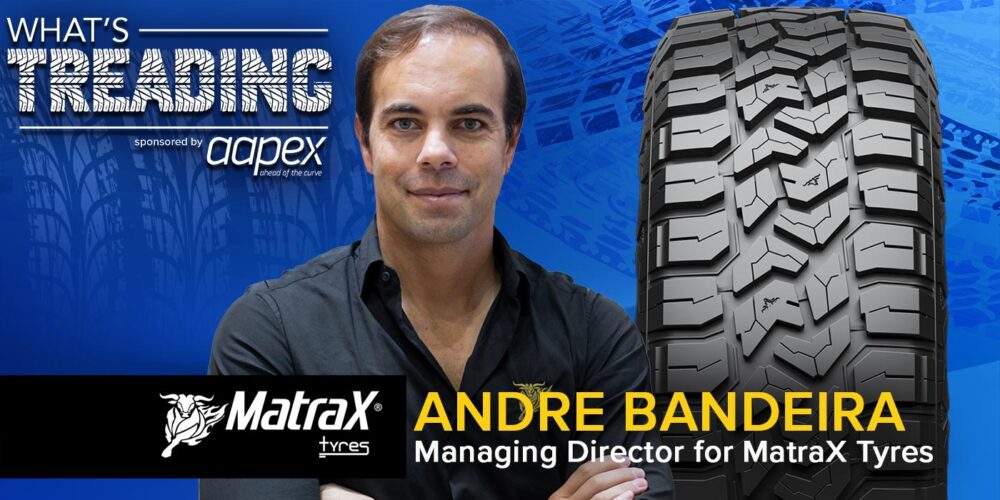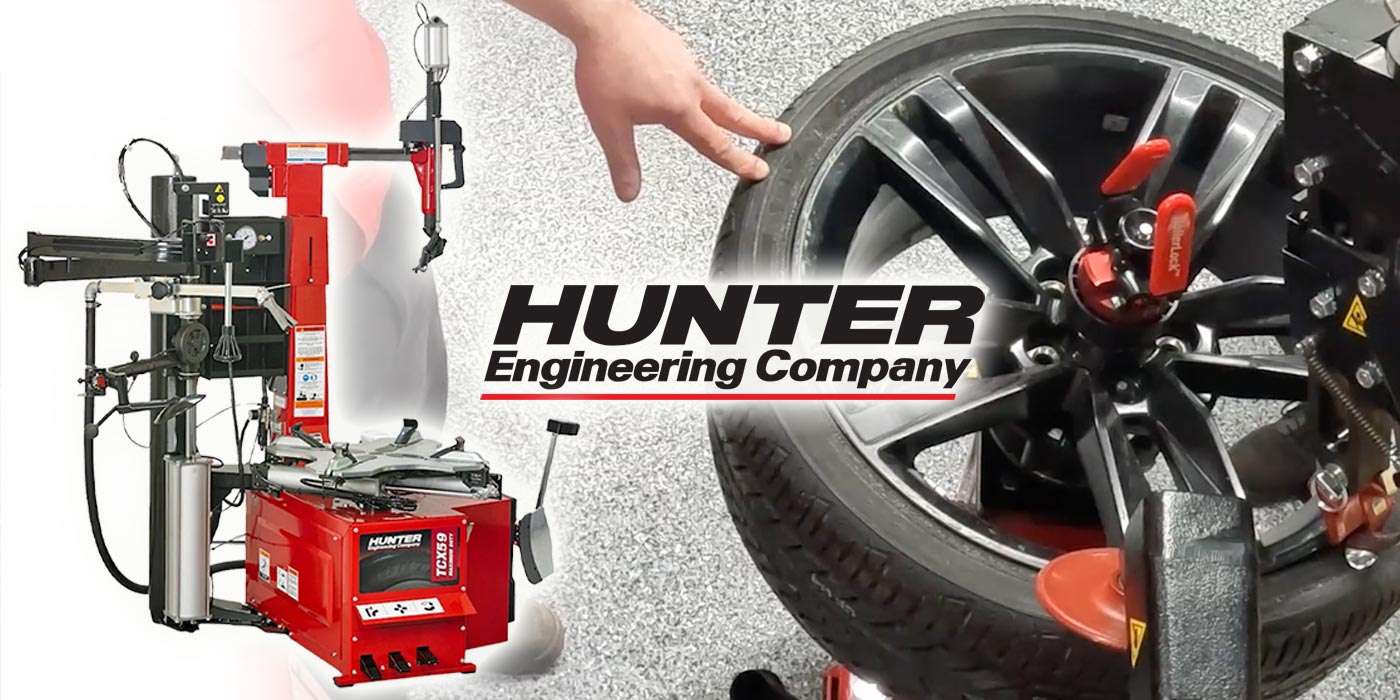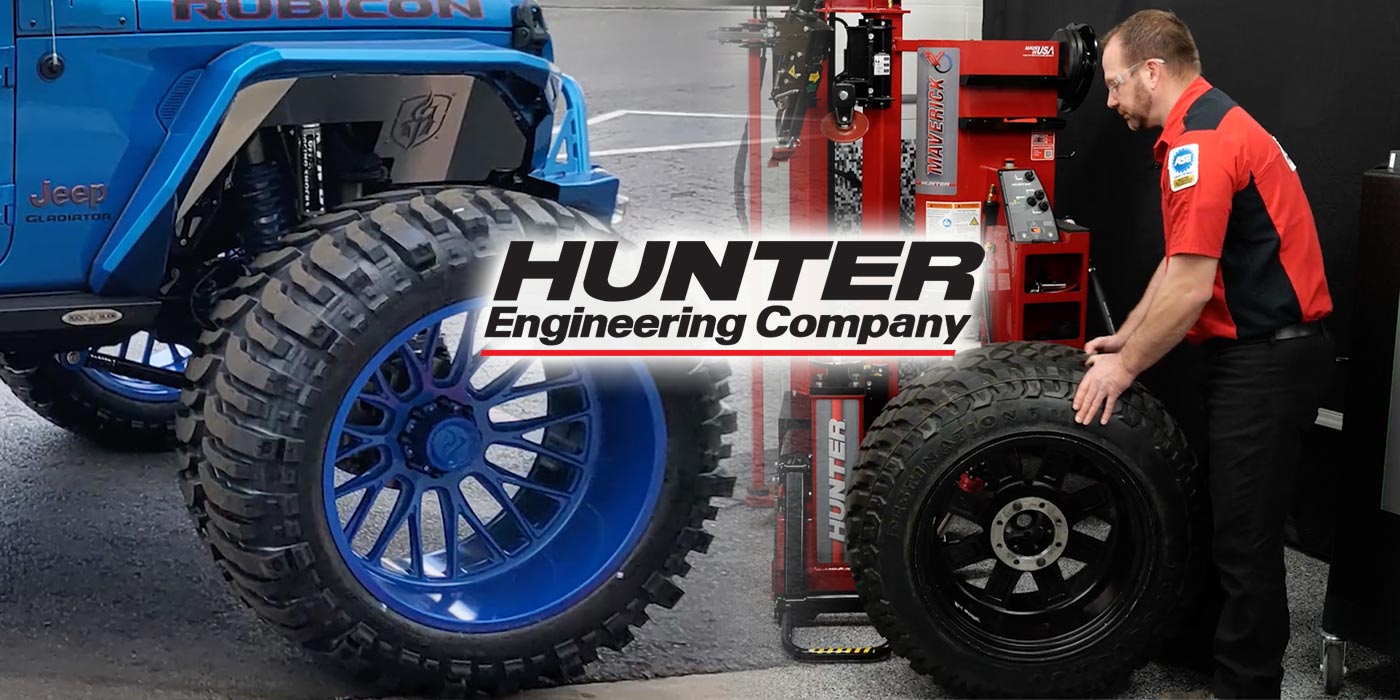From previous videos, you know that tire tread wear patterns can be clues to other things going on with the vehicle. In this Tire Review Continental Tire Garage Studio video, we look at some suspension components that a tire’s tread might be sending a message about.
You know what they say, tire tread wear does not lie. Tire treadwear patterns are a good signal of how those suspension components are doing.
For example, some vehicles have hydraulic bushings on the rear lower control arms. When bushings in the rear fail, the extra movement causes the wheels to toe out and the camber to go negative.
Another example is with a vehicle’s springs. As a suspension compresses and rebounds, the alignment angles change. Engineers tune alignment angles for a specific ride height to maximize handling and tire wear. If the spring can no longer support the vehicle, the alignment angles will suffer.
Most engineers tune the suspension to toe out when the rear suspension compresses. This increases vehicle stability. But, it also causes the inner edge of the tire to wear. Springs are made of metal that is heat-treated but can still fatigue. If you see a vehicle that needs considerable adjustments for camber on both wheels of the same axle, inspect the springs.
Lastly, the load can affect tire wear. Load isn’t necessarily part of the suspension, but it definitely affects it, which means the tires are affected by it, too. Loads in the rear of the vehicle will cause changes to the toe, caster and camber in the front (and possibly the rear). Camber and caster will become positive in the front, and if the vehicle has an independent rear suspension, the camber will become negative, and it will be toed out. This could lead to outside edge wear in the front, and inside edge wear in the rear.
Don’t forget to follow us on Instagram and Facebook and subscribe to our YouTube channel for more tire, service and shop operations videos.













